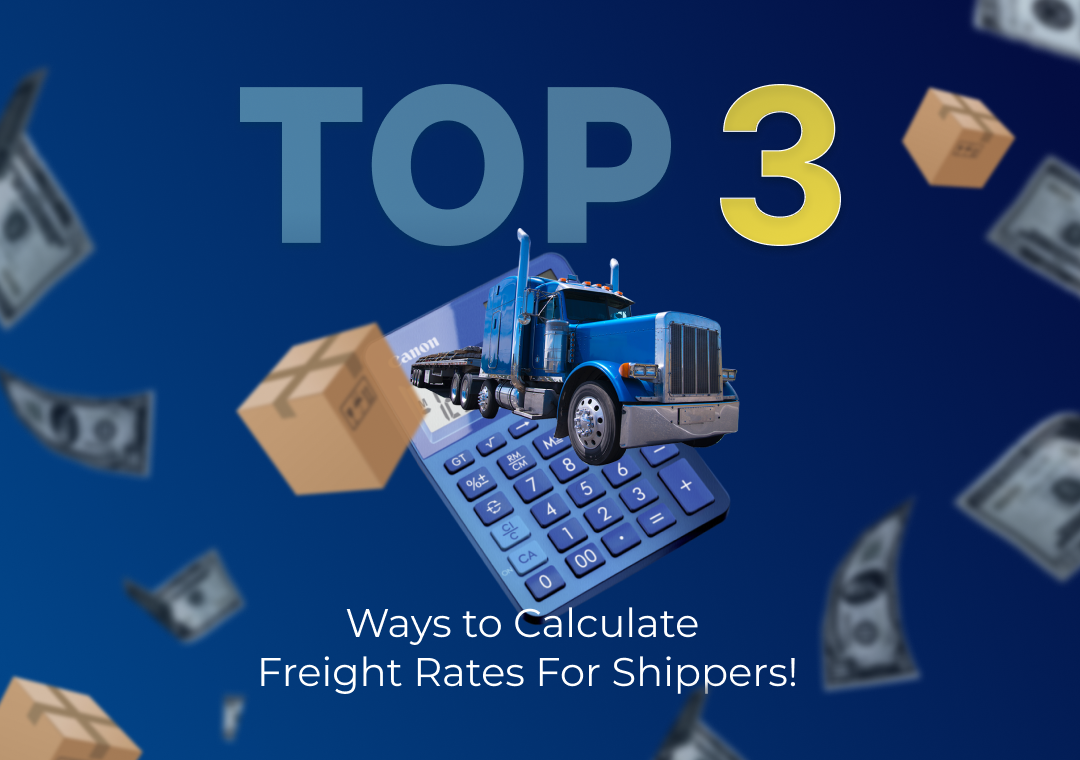To become a freight broker or agent, it’s not enough to have the desire and the start-up capital.
There are many aspects of this market that need to be understood and studied.
For example, one of the questions you need to know the answer to. So how do you calculate freight rates?Let’s start, perhaps, with the basics.
So, the freight market is a kind of commodity market, where the commodity is transportation, that is, transportation services. So, the field of cargo transportation is a kind of market, where the goods are transportation services. Monetary value of their cost is the price of transportation, which in the delivery of goods by sea has two forms: freight rates and tariffs.
Freight rates are used in tramp transportation and are the price that is set at the conclusion of each individual contract by agreement between the parties (the freighter and shipper) and is valid only for these partners and the period of this transaction.
Tariffs are the system of transport prices used in liner shipping. They are developed by the liner company as a public carrier unilaterally and then applied to any shipper and for a long period (up to change).
The economic basis of freight rates and tariffs is the cost of production of transport products, cost price + average rate of profit.
The state of the freight market is analyzed with the help of freight indices. They are calculated as the ratio of freight rates of a given period to a certain base. Freight indices are calculated monthly and then the average index is calculated for the calendar year, using the arithmetic mean formula.
To know how to calculate freight, you first need to understand what factors determine the fee. What affects the price:
- Distance between points of origin and destination.
- Safety of the route-whether there is military action, for example.
- Whether the vehicle passes through certain routes for which the country to which they belong demands a high fee.
- Loading and unloading.
- Non-standard cargo (size, shape).
- Dangerous goods.
- Payment of foreign and domestic duties.
- Fuel costs.
- Seasons of the year.
Conditions affecting the final cost of transportation
The final cost of transportation is affected by some points related to unforeseen costs, the presence of errors in the accompanying documents, etc.

This should be taken into account, because sometimes it happens that it is necessary to pay a higher price for transportation than previously agreed. Conditions affecting the final cost:
- Features of the cargo.
- Number of loading/unloading points.
- Overloading in excess of the transport capacity and in excess of the weight specified in the contract.
- Downtime.
- Transit through toll road sections.
- Costs associated with incorrect documentation by a shipper.
How to calculate the freight rate correctly
Freight rate calculation depends on the volume of cargo transported, weight, number of units. There is a basic rate to which various surcharges are added. The above mentioned plus regularity of transportation, political situation, insurance, tonnage, price fluctuations for fuel products, etc. are taken into consideration.
Also, pay special attention to the DAT.com or Truckstop.com load boards. They’ve been popular for years and have proven to be excellent because of their built-in rating tools. The latter have a lot of market information, which will certainly save you time. But there is one nuance – good load boards require subscriptions.
If you want to make good money, you will definitely have to invest in them.
You have the option of checking the information in the search bar. This is a very convenient way to find the right carrier for you. The information about the free transport is posted, directly, by the carrier himself. Here are his contacts.Contact details will be displayed here.
You should not focus only on the delivery of cargo. It will be just as important for you to build a long and productive relationship with the carrier.
Do not be stingy with questions. Offer your help.
Don’t forget to regularly post information about your cargo, as well as contacts on message boards. Systematize the availability of offers and job openings. Don’t skip calls, because you’ll be gaining rankings with them.
Be sure to work on tools to attract shippers.
Remember that rates are a ratio of supply and demand, namely the number of vehicles and cargo in a particular segment of the search window.
We hope this material was useful to you!
Read the most interesting material at Freight Broker Training.
We make sure you become a leading expert.

